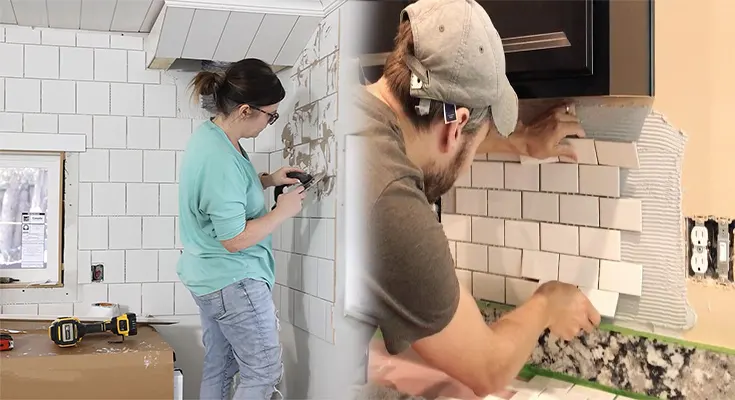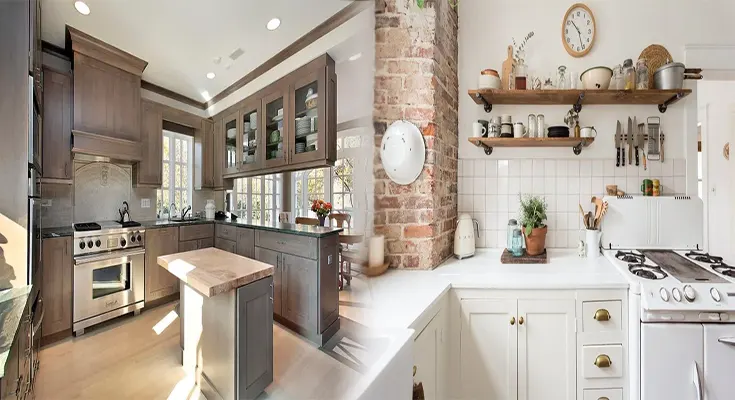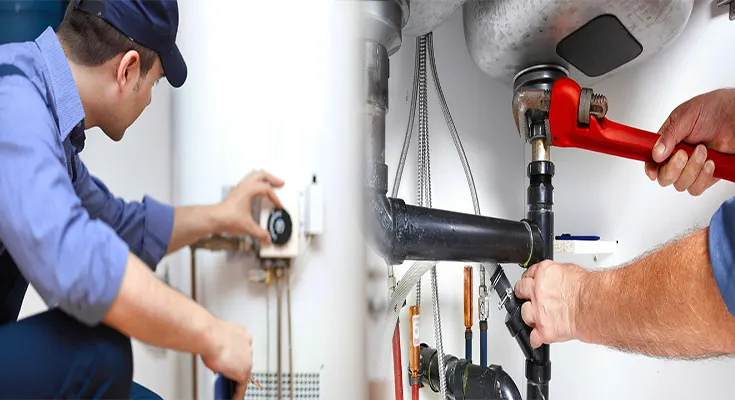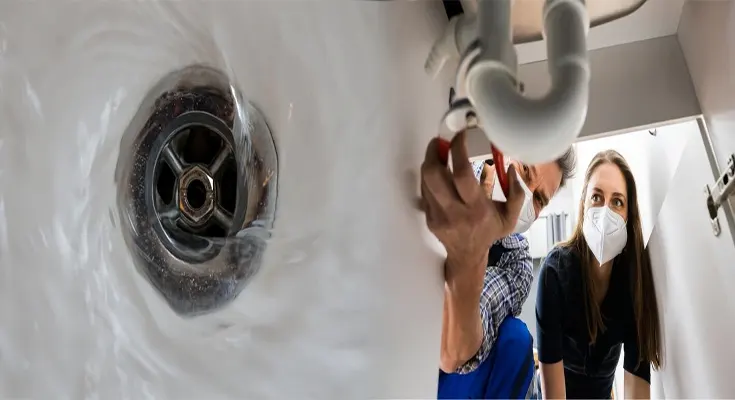
Step-by-Step Guide to a DIY Kitchen Backsplash Installation
A kitchen backsplash not only adds visual appeal to your kitchen but also serves a practical purpose by protecting the wall from spills and splatters. Installing a backsplash can be a rewarding and cost-effective home improvement project that you can tackle yourself with the right tools and materials. Here’s a step-by-step guide to help you navigate through a DIY kitchen backsplash installation.
Step 1: Planning and Preparation
Before starting the installation, carefully assess the area where you plan to install the backsplash. Measure the space to determine the amount of materials needed. Additionally, ensure that the wall surface is clean, dry, and free of any debris or grease. If necessary, sand the wall to create a smooth and even surface for the backsplash to adhere to.
Step 2: Choose the Right Material
Select a backsplash material that suits your style and budget. Common options include ceramic or porcelain tiles, glass tiles, subway tiles, or peel-and-stick backsplash sheets. Consider the design and color scheme of your kitchen to choose a material that complements the overall look.
Step 3: Gather the Necessary Tools and Materials
Ensure you have all the essential tools and materials for the installation, including tiles or backsplash sheets, adhesive or mortar, tile spacers, trowel, tile cutter, level, grout, grout float, and a sponge for cleanup.
Step 4: Prepare the Adhesive or Mortar
If you are using individual tiles, mix the adhesive or mortar according to the manufacturer’s instructions. Consistency is key, so ensure the mixture is not too thin or too thick.
Step 5: Apply the Adhesive or Mortar
Using a trowel, apply the adhesive or mortar to the wall in a small section where you will begin the installation. Work in manageable areas to prevent the adhesive from drying out before you can install the tiles.





